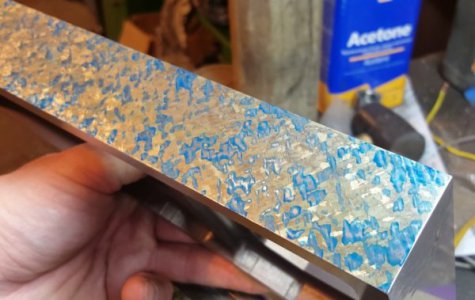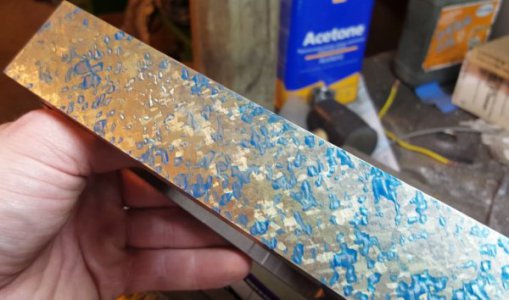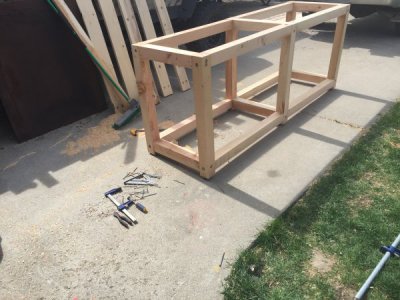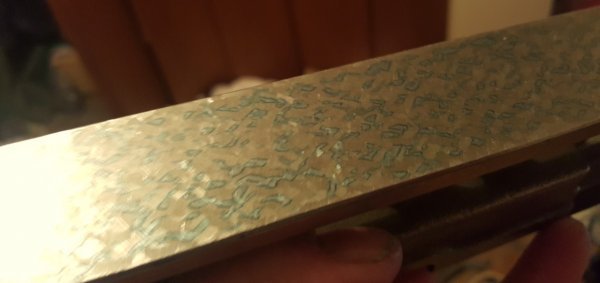- Joined
- Jun 15, 2013
- Messages
- 1,199
Use literally 4 drops for a 12x12 square area, and when applying the red to the part put a few drops on a rag and wipe it on the part, then wipe it off, leaving a haze.
If you find that the ink isn't thick enough on the plate, add another drop, if it's too thick then use your hand not a linty rag to wipe some off and re-roll it
I don't thin my ink but you could use, uh, let me think, um, oh yeah water duh, it's water-based.... lol.
If you find that the ink isn't thick enough on the plate, add another drop, if it's too thick then use your hand not a linty rag to wipe some off and re-roll it
I don't thin my ink but you could use, uh, let me think, um, oh yeah water duh, it's water-based.... lol.
Last edited:





